-
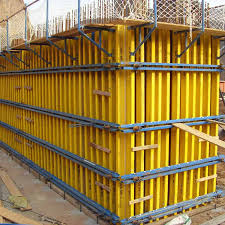
Design Requirements of Formwork System
Formwork is used as a temporary structure to support the fresh (i.e., uncured) concrete until it is strong enough to support itself and the applied loads. Formwork is a very significant portion of the project, as much as 60% of the final cost of the finished concrete project.អានបន្ថែម -
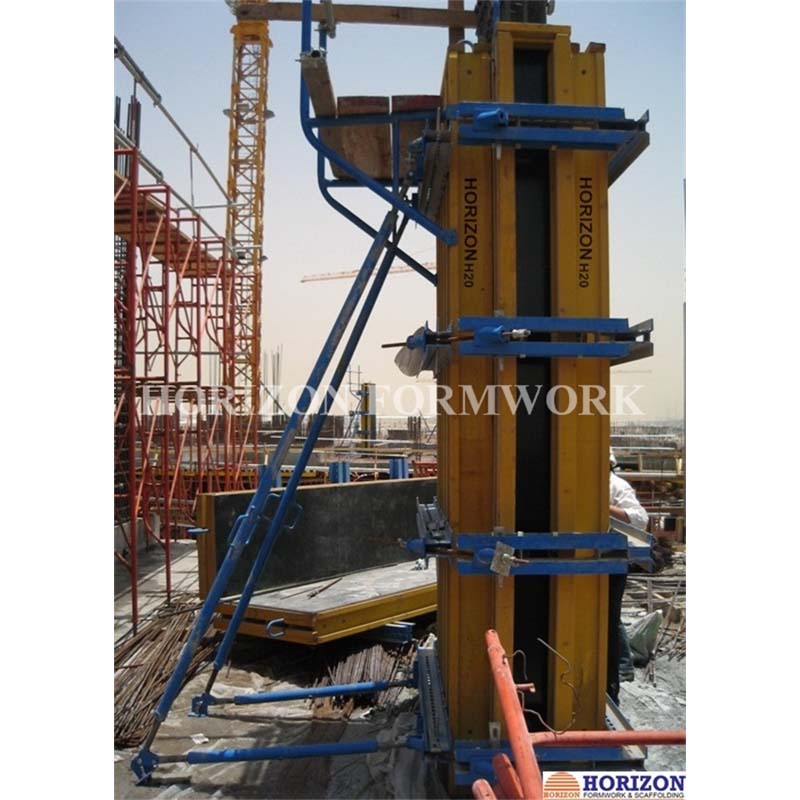
Different Types of Formwork Used in Construction
Formwork is an essential element of any construction project that involves concrete. It is a temporary structure that supports the weight of freshly poured concrete until it hardens and gains enough strength to support itself. The process of formwork at Alumlight involves the use of a variety of materials, including timber, steel, plywood, aluminum, and plastic, depending on the specific requirements of the project.អានបន្ថែម -

The Different Types of Concrete Formwork and Their Pros and Cons
Concrete formwork is used in a wide variety of construction projects where pouring concrete is involved. Pouring the foundation of a building or structure, such as a house or a bridge, requires concrete formwork. Walls, columns, slabs, and floors made of concrete all utilize concrete formwork for pouring and casting. Beams, girders, and other support structures for buildings and bridges also depend on reliable concrete formwork during the pouring and curing process. Whether you own or rent your equipment, Concrete formwork plays a critical role in ensuring poured concrete takes the desired shape, meets the right dimensions, and has the strength to support intended structural loads.អានបន្ថែម -
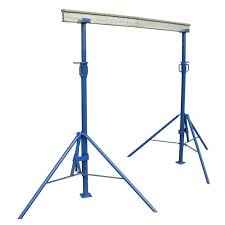
What is Formwork?
In a nutshell, formwork is the mold wherein fresh concrete is poured and formed. The mold, which can be permanent or temporary, holds the poured concrete and shapes it until it solidifies and becomes strong enough to support itself and other loads.Formwork is also known as “shuttering.” However, in certain parts of the world, shuttering refers to using plywood or timber to create the mold.អានបន្ថែម -
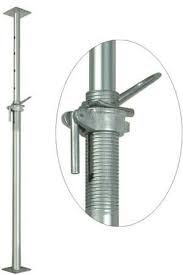
Requirements of Good Formwork
Formwork (shuttering) in concrete construction is used as a mold for a structure in which fresh concrete is poured only to harden subsequently. Types of concrete formwork construction depends on formwork material and type of structural element.Formworks can also be named based on the type of structural member construction, such as slab formwork for use in a slab, beam formwork, column formwork for use in beams and columns, respectively, etc.The construction of formwork takes time and involves expenditure up to 20 to 25% of the cost of the structure or even more. The design of these temporary structures are made to economic expenditure. The operation of removing the formwork is known as stripping. Stripped formwork can be reused. Reusable forms are known as panel forms and non-usable are called stationary forms.Timber is the most common material used for formwork. The disadvantage with timber formwork is that it will warp, swell, and shrink. The application of water-impermeable cost to the surface of wood mitigates these defects.អានបន្ថែម -

Difference Between Shuttering and Formwork
Formwork and shuttering are both common terms in the concrete construction industry. Sometimes, these terms are used interchangeably. Formwork is the overarching term that’s used to describe the forming process. Shuttering is defined as the temporary moulds that are used to hold the wet concrete in place until the concrete has set and cured.Projects of different sizes will often need to use both formwork and shuttering methods. However, both of these techniques accomplish the same task – the only difference being the materials used.អានបន្ថែម -

Formwork: Learn its Definition, Components, Types and Removal Period here!
Formwork (shuttering) in concrete construction is used as a mould for a structure in which fresh concrete is poured only to harden subsequently. Types of concrete formwork construction depend on formwork material and type of structural element.Formworks can also be named based on the type of structural member construction, such as slab formwork for use in a slab, beam formwork, column formwork for use in beams and columns, respectively, etc.អានបន្ថែម -
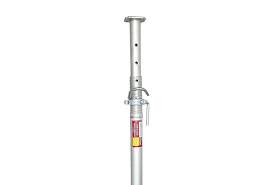
Types of Formwork in Construction
Timber formwork is the most popular formwork among all others because it has been extensively used in construction since ancient times. In small constructions, timber formwork is popularly used because it offers you an onsite fabrication for the required shape and size of concrete. However, for larger constructions, using timber formwork is very time-consuming. One thing to note is that timber formwork has less life than other formwork.On the flip side, timber formwork is typically cheaper than aluminium, steel, or aluminium formwork when used for comparably smaller works.អានបន្ថែម -
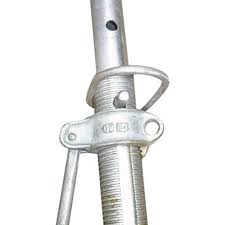
9 Different Types of Formwork in Construction
Another name for Formwork is Shuttering, and this article discusses some of the different types of formwork available.Shuttering is made of wood or steel, and the surface that touches the concrete is chosen to achieve the desired finish.The formwork and falsework must be strong enough to sustain the weight of the wet concrete without causing substantial distortion.Timber Shuttering, Steel Shuttering, Aluminum Shuttering, Plywood Shuttering, Fabric Shuttering, and Plastic Shuttering are examples of shuttering used in buildings.អានបន្ថែម -
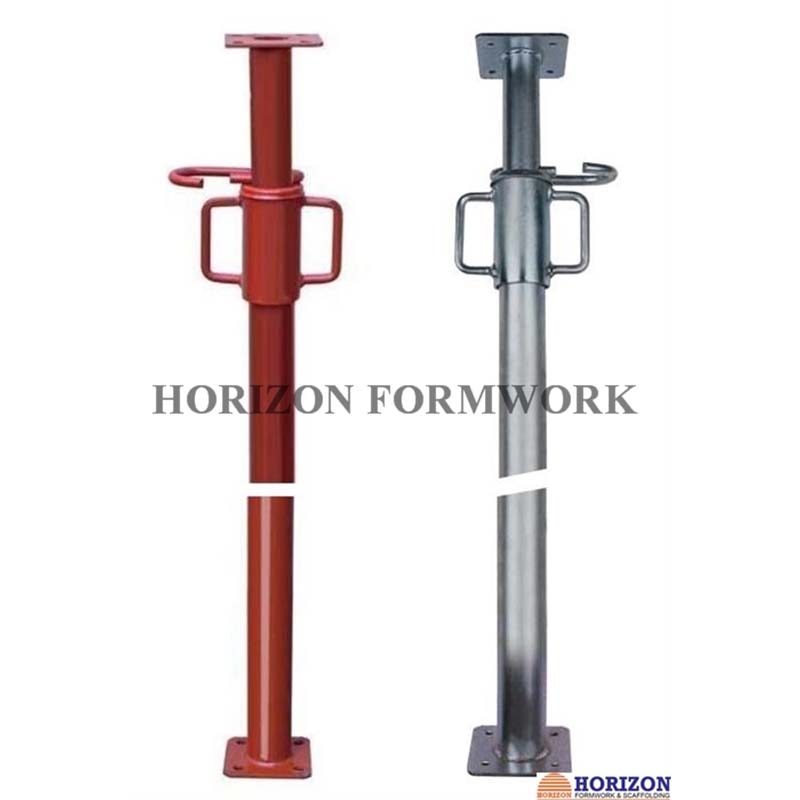
What Is Shoring In Construction
When it comes to construction projects, ensuring safety and stability are top priorities. One crucial aspect of building construction is shoring. Shoring plays a vital role in supporting the structure during its construction or renovation phase.Shoring involves the installation of temporary structures, such as beams, posts, and scaffolding, to provide support to existing structures or excavation sites. This temporary stabilization technique is essential for ensuring the safety of workers, preventing structural collapse, and executing various construction activities.In this article, we will delve into the world of shoring in construction, exploring its definition, purpose, types, techniques, safety considerations, and common challenges. So, let’s dive in and discover the critical role that shoring plays in the construction industry.អានបន្ថែម -
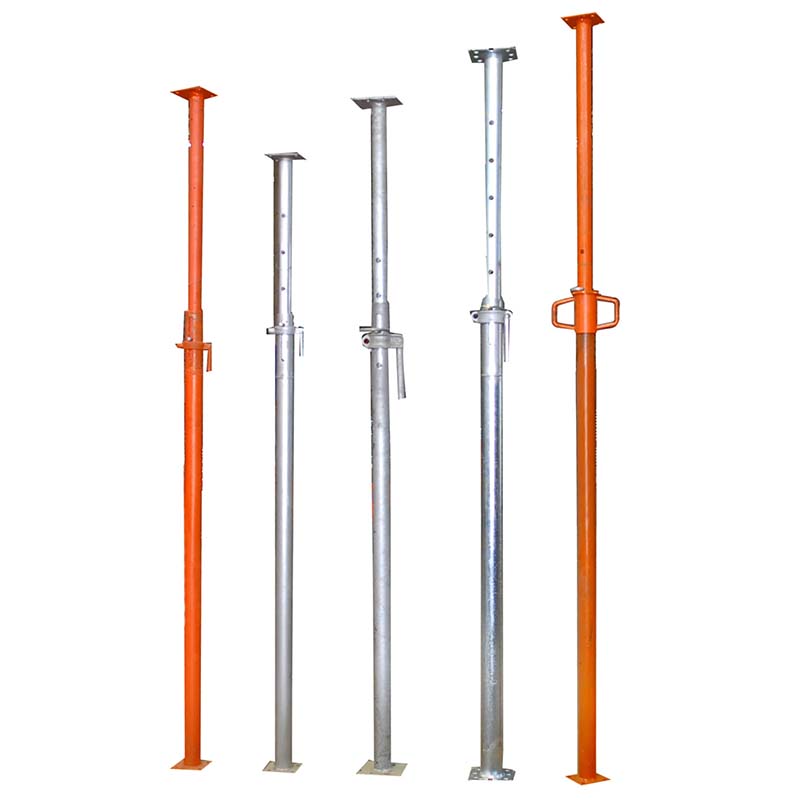
SHORING OR SCAFFOLDING? UNRAVELING CONCEPTS OF MODERN CONSTRUCTION
In the construction industry, the terms “shoring” and “scaffolding” are often used interchangeably, but their concepts of use, configuration, and specific utilities can create confusion if their function is not clear.A clarification is essential to understand their crucial role on any work site.អានបន្ថែម -

8 WAYS TO USE TEMPORARY PROPS
Temporary Propping, also sometimes referred to as a temporary propping system or temporary propping solution, is a common construction methodology that involves the design and installation of a temporary structural support system to support any sort of existing structure while nearby works are undertaken.Temporary propping involves a variety of applications and the below article will touch on just a few ways our temporary props can be used to achieve great results.អានបន្ថែម